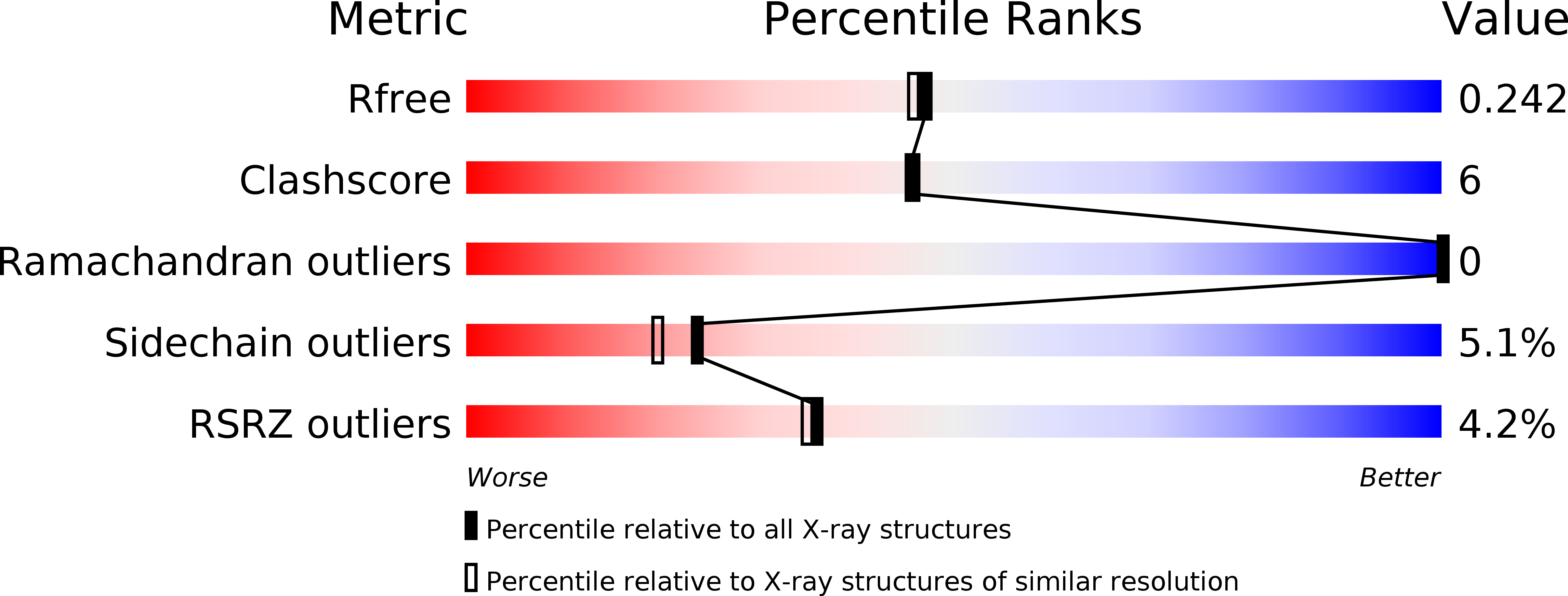
Deposition Date
2014-03-20
Release Date
2014-08-27
Last Version Date
2023-09-27
Method Details:
Experimental Method:
Resolution:
2.00 Å
R-Value Free:
0.24
R-Value Work:
0.20
R-Value Observed:
0.20
Space Group:
P 21 21 21


